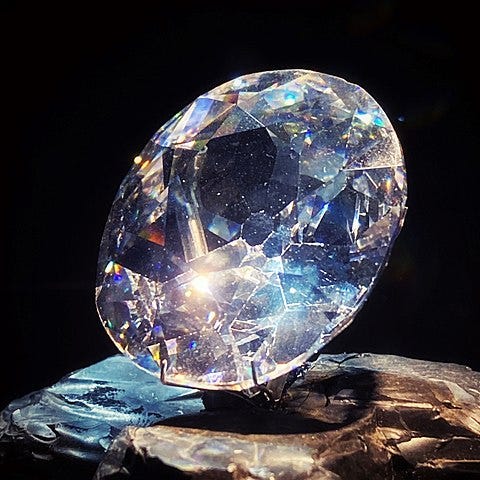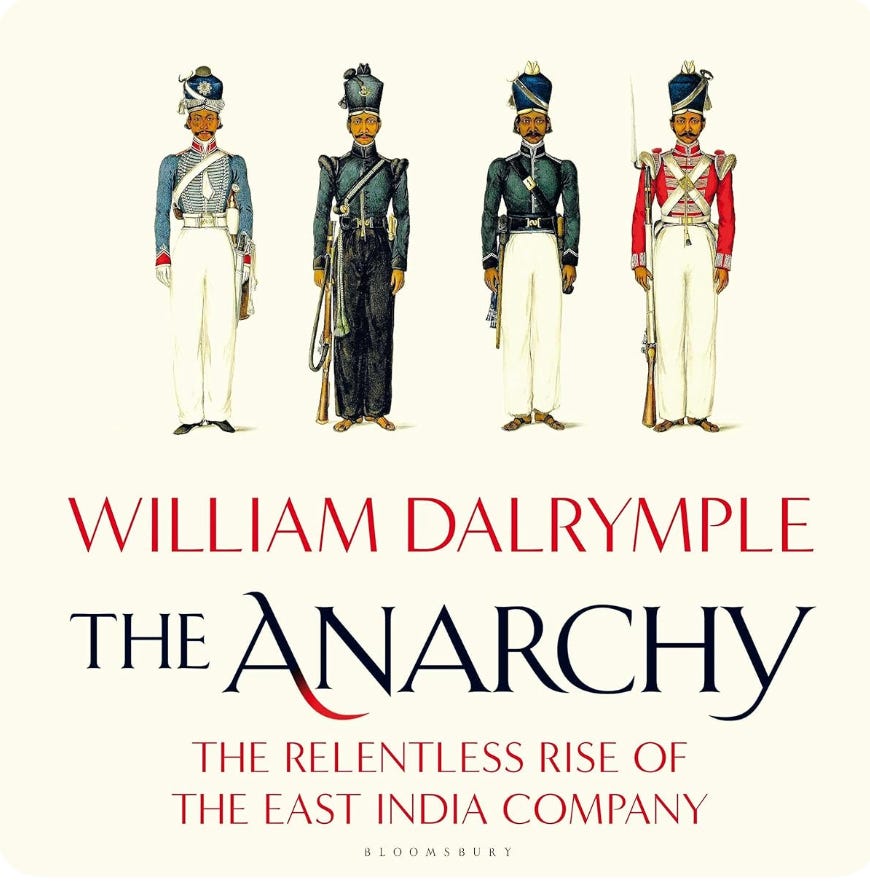Dear Adventurers,
Welcome to this month’s deep dive into the world of The Indus Star, where fact and fiction intertwine. Following last month’s exploration of historical truths that inspired the story, today we’ll venture into the history of India’s most famous diamonds—some of which were stolen, lost, or changed hands under mysterious circumstances. These legendary gems, much like the fictional Indus Star, hold tales of power, conquest, and intrigue.
P.S. If you missed last month’s instalment, you can check it out here.
1. The Koh-i-Noor: The Mountain of Light
As discussed at length in The Indus Star, the Koh-i-Noor is perhaps the most infamous diamond of all. Now part of the British Crown Jewels, this 105.6-carat diamond has passed through the hands of many rulers, including Mughal emperors, Persian invaders, and British monarchs. Riddled with legends and controversies, it has inspired many films and novels, including one by Agatha Christie: The Secret of Chimneys.
2. The Hope Diamond
Originally mined from India’s famed Golconda region, the dark blue, 45.52-carat Hope Diamond is said to have been stolen from the eye of a statue of the Hindu goddess Sita. The diamond has changed hands numerous times, was stolen, smuggled, and also disappeared for some time. It eventually ended up in the Smithsonian Institution, where it is now on permanent exhibition at the National Museum of Natural History in Washington, D.C.
3. The Black Orlov Diamond
Also known as the Eye of Brahma Diamond, this is a black, 67.5-carat diamond. Once part of a much larger, uncut gem of 195 carats, it is believed to have been set in the eye of a statue of the Hindu god Brahma in Pondicherry, where it was stolen by a Jesuit cleric. Since then, misfortune seemed to follow whoever possessed the stone, including a diamond dealer who committed suicide by jumping from a skyscraper in New York City, and two Russian princesses, who also allegedly jumped to their deaths in the 1940s.
4. The Florentine Diamond
A stunning 137.27-carat yellow diamond, the Florentine Diamond is known by many names, including: the Tuscan, the Grand Duke of Tuscany, the Dufner Diamond, and the Austrian Diamond. Once one of the largest and most famous gemstones in the world, the stone’s origin is disputed. One version claims that it was acquired from King Vijayanagar by the Portuguese Governor of Goa.
The diamond eventually found its way to Europe, where it became part of the Medici family’s treasure in the 17th century. It was later owned by the Habsburg dynasty and worn by Austrian emperors. The Florentine Diamond’s fate took a dramatic turn after World War I, when it was stolen after the fall of the Austro-Hungarian Empire in 1918. Since then, the diamond has mysteriously disappeared, and its whereabouts remain unknown.
5. The Great Mughal Diamond

The Great Mughal Diamond, once weighing a staggering 787 carats in its rough form, was one of the most magnificent gems ever discovered. Mined from the Golconda mines of India in the 17th century, it was presented to Mughal Emperor Shah Jahan, the visionary behind the Taj Mahal.
The diamond was cut by a Venetian lapidary, reducing it to around 280 carats. Some historians believe it was set into the Peacock Throne, a symbol of Mughal opulence. However, like many treasures of the Mughal Empire, the Great Mughal Diamond disappeared after the empire’s decline. Some speculate that it was recut again and may now be the famed Orlov Diamond (a separate diamond to the Black Orlov mentioned above), which is now encrusted into the Imperial Sceptre of Russian Empress Catherine the Great.
Something to Read:
“India’s transition to colonialism took place under a for-profit corporation, which existed entirely for the purpose of enriching its investors.”
If you’re fascinated by the history of colonialism and how a corporate empire reshaped entire nations, The Anarchy by William Dalrymple is a must-read. This meticulously researched book chronicles the rise of the East India Company and its transformation from a trading enterprise into a powerful force that, by the 19th century, controlled vast parts of the subcontinent of India.
On a related note, I thought you’d also be interested to know that a 2,492-carat diamond was found in Botswana just last month! It’s said to be the second largest diamond ever found, and you can read more about it here.
Until next time, adventurers!
A. H. Wang
This Month’s Book Promos
Latest Instagram Posts
Come visit me on Instagram or Facebook to have a look at some of the behind-the-scenes pics and stories!
Follow
Follow me on Bookbub
Follow me on Amazon
Find me at www.ahwangauthor.com










